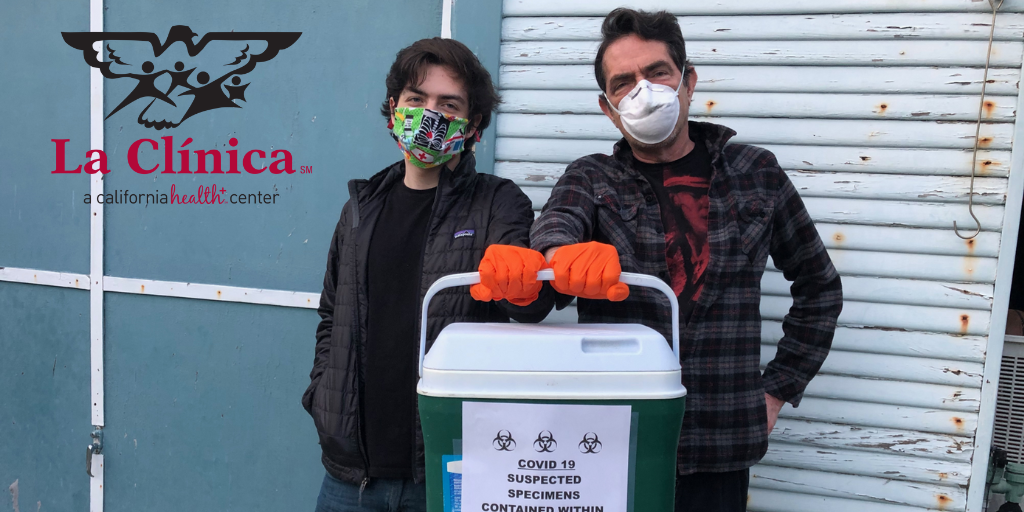Interview With Dr. Paul Bayard, CMO, La Clinica
Our community health centers are mission-driven to provide the most accessible and equitable healthcare to all who walk through their doors. The providers at our member health centers are often on the frontlines of helping to carve a more direct path towards health equity by helping to remove the barriers in access to care. Through their dedication, they are often the trusted resources for our most vulnerable community members.
We recently sat down with Dr. Paul Bayard, Chief Medical Officer at our member health center, La Clinica to learn about what it means to dedicate more than 30 years in service to vulnerable and historically marginalized communities, to be on the frontlines of response and recovery to a global pandemic, and to learn what’s next as he steps down from his role as Chief Medical Officer role after eight years.
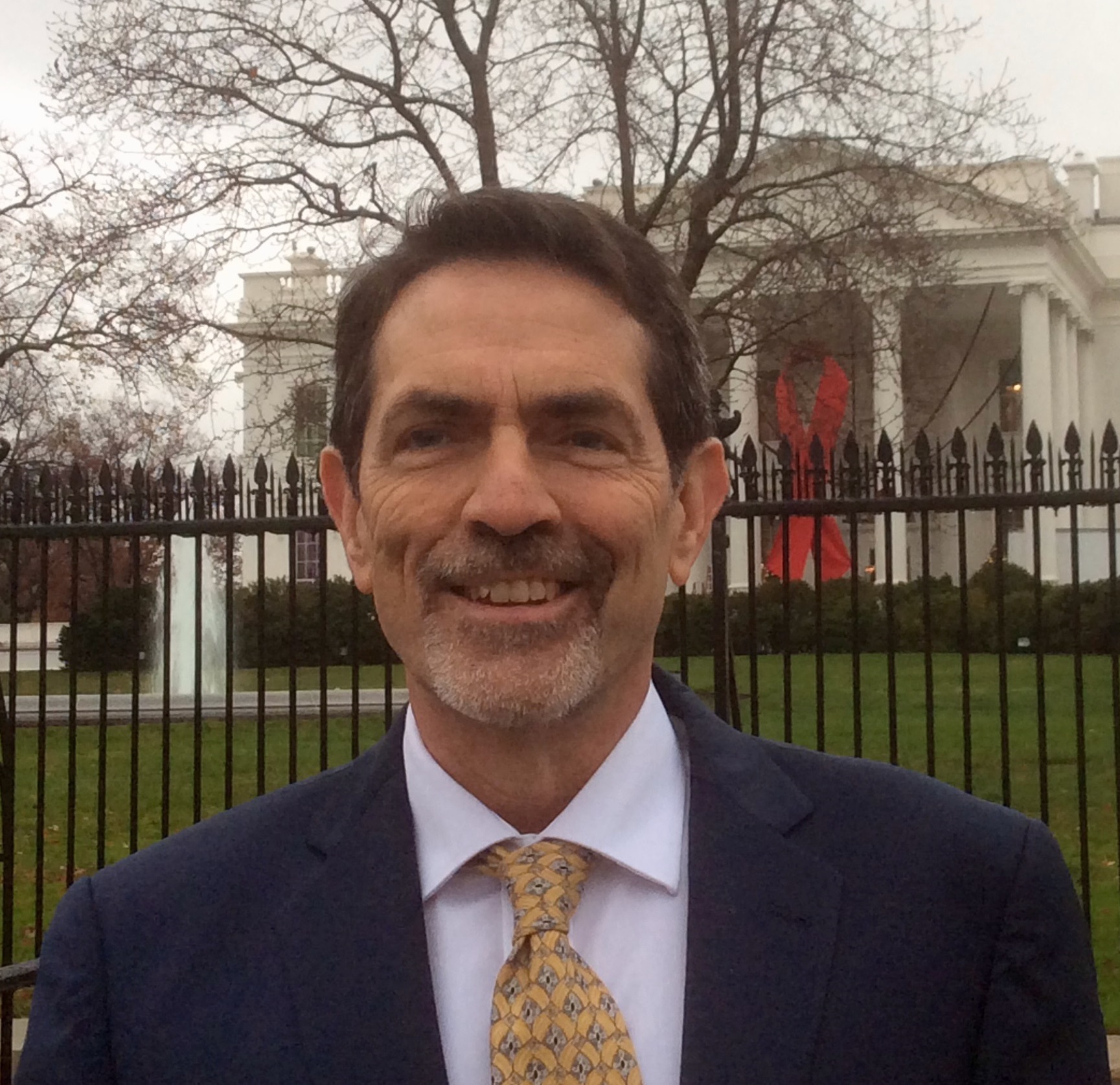 Name: Paul J. Bayard, MD, MPH
Name: Paul J. Bayard, MD, MPH
Title: Chief Medical Officer/Clinical Director, La Clinica
Guiding Person: Nelson Mandela, for his incredible resilience, calm demeanor, and ability to set aside wholly appropriate anger and hatred for the apartheid regime in the interest of a longer term more peaceful solution for his country. Makes any administrative conflict seem small in comparison.
Alameda Health Consortium: Tell us a little bit about yourself.
Paul Bayard: I grew up as an “army brat” so I moved around quite a bit while growing up. I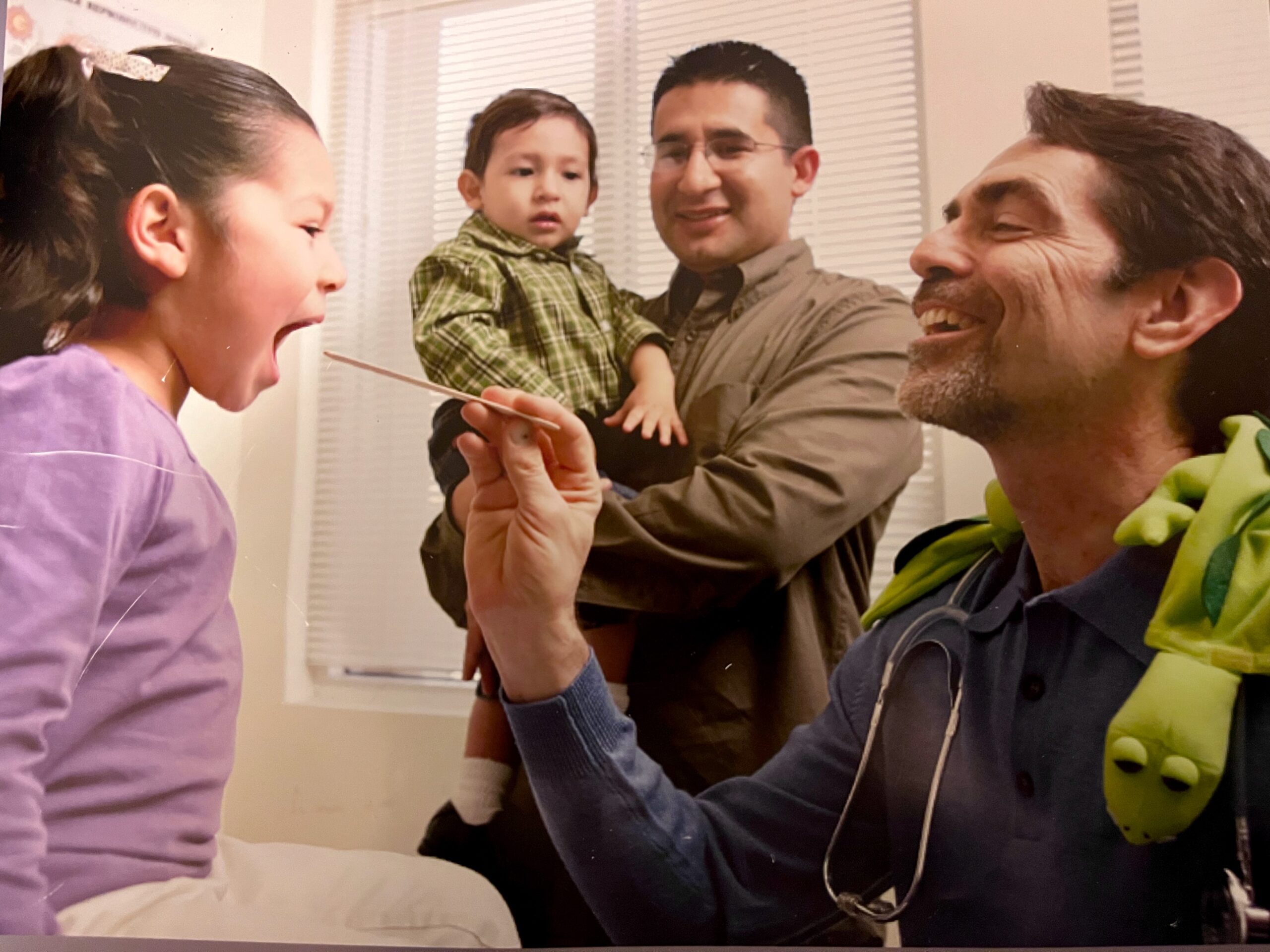 attended Harvard for my Bachelor’s degree, then moved to the Bay Area to pursue my Master of Public Health at University of California, Berkeley. After initially resisting the idea of medical school, I decided to take the plunge, and attended the University of California San Francisco for my medical degree. During my clinical rotations I developed a strong connection to San Francisco General Hospital, did as many rotations there as I could and decided to do my Family Medicine Residency there also. We were working during the peak of the AIDS epidemic and lost a lot of wonderful people during that time. However, working through that period taught me important lessons that I applied in dealing with our most recent epidemic – COVID-19. Among the lessons I learned was to not let your clinical decisions be ruled by fear, there will eventually come a time to find our way forward, and if we’re willing to be humble and have the foresight and flexibility to change course and respond as needed when new facts emerge, we’ll get through this.
attended Harvard for my Bachelor’s degree, then moved to the Bay Area to pursue my Master of Public Health at University of California, Berkeley. After initially resisting the idea of medical school, I decided to take the plunge, and attended the University of California San Francisco for my medical degree. During my clinical rotations I developed a strong connection to San Francisco General Hospital, did as many rotations there as I could and decided to do my Family Medicine Residency there also. We were working during the peak of the AIDS epidemic and lost a lot of wonderful people during that time. However, working through that period taught me important lessons that I applied in dealing with our most recent epidemic – COVID-19. Among the lessons I learned was to not let your clinical decisions be ruled by fear, there will eventually come a time to find our way forward, and if we’re willing to be humble and have the foresight and flexibility to change course and respond as needed when new facts emerge, we’ll get through this.
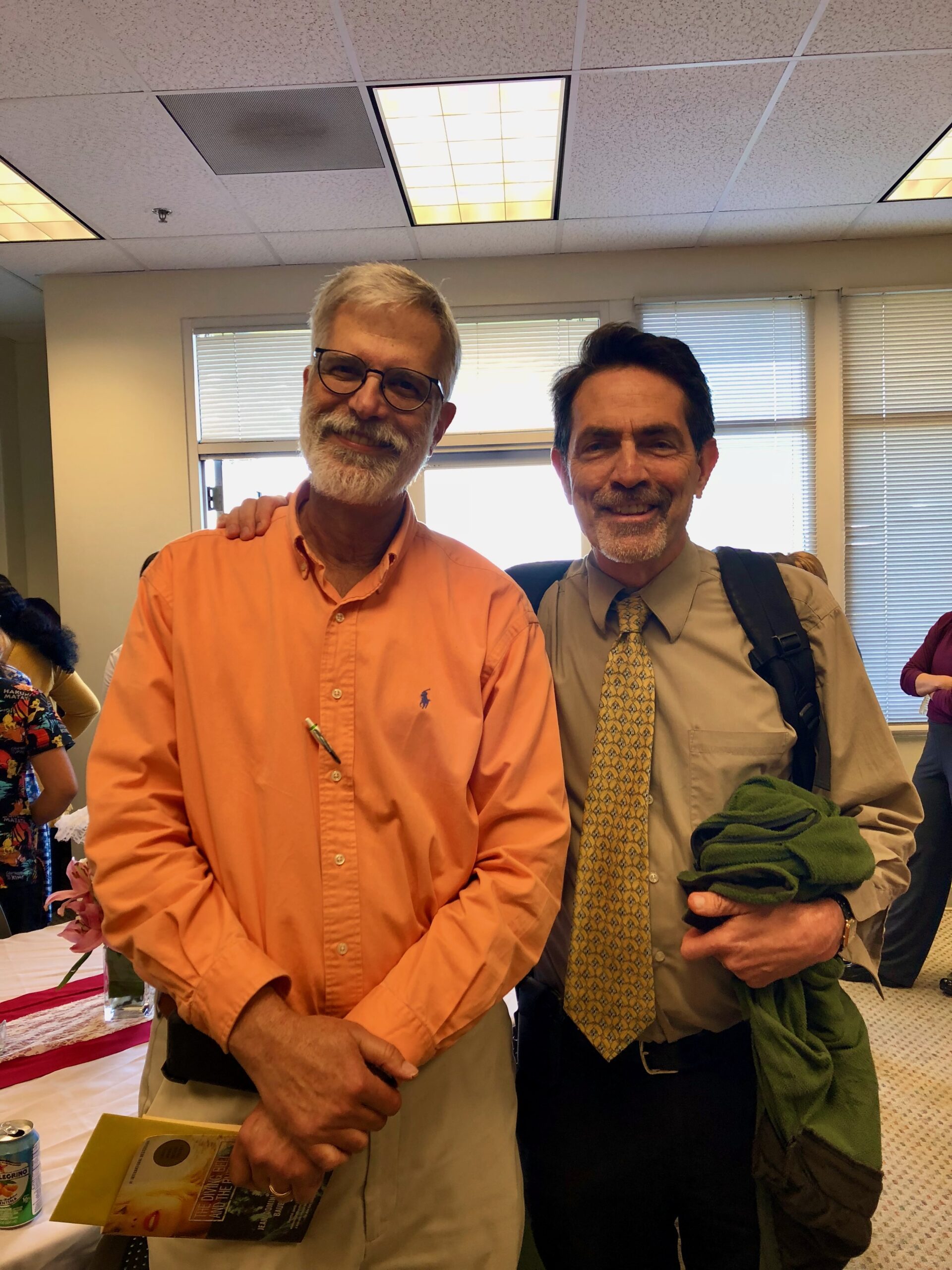
My journey to working with Community Health Centers was surprisingly simple. I only interviewed for one job—at La Clinica – a place that felt very similar to the Family Health Center at SFGH where I did my outpatient work during residency. As a community health center with a majority Spanish-speaking patient population, I felt that my Spanish had improved enough for me to make a go of it at La Clinica. I also felt that their work was aligned with some of the work I grew to love at SFGH, which was taking care of underserved communities, including those on Medi-Cal, who were uninsured, and/or were undocumented.
At La Clinica I had not originally planned on doing inpatient obstetrics, however it was required for the job at the time, and it helped me get National Health Service Corp loan repayment, so I took a chance, and I’ve been very grateful that I did. I was inspired by the commitment of my Family Practice and Obstetrics’ colleagues, the resilience of our patients and their families, and I valued how this led to my personal growth as a doctor to remain calm in high stress situations. Being present during something intrinsically beautiful as childbirth was the restorative tonic I needed for the years I spent working with my HIV patients in the early years, and working with patients with chronic disease in the latter years.
Paul just has this kind, caring way about him. He’s really focused on ensuring equity and access for our communities. Dr. Tri Do, CMO, CHCN
AHC: With such an impressive academic background, many avenues must have been open to you. What was it about community health centers (CHCs) that drew you to their work?
PB: I did consider other career options, such as working in an academic setting or with Kaiser Permanente, but I’m grateful I chose to work in the CHC community. I feel that not only is our work important in helping to break down barriers in access to care for our most vulnerable community members, it’s also a calling. Being able to provide care for people who need us the most is not something everyone can do. There’s a special kind of resilience needed to work with historically marginalized communities, and those in the CHC community have it, and the people I have worked with over the past thirty years are the best people I know and I’m so proud to work alongside them. I’m fortunate I will be able to continue to work at La Clinica as a provider.
AHC: In your role as the Chief Medical Officer at La Clinica, what are often some of the barriers you experience in providing care to our underserved communities?
PB: There are many barriers all of us experience in this work. A partial list: lack of insurance, underinsurance, poverty, access to education, access to healthy food, neighborhood crime, crowded living conditions (that certainly exacerbated the first couple of COVID waves), job insecurity, physically demanding jobs, employers not providing adequate sick leave, limited specialty care access, overburdened primary care systems – just to name a few.
We try to overcome these barriers through a collaborative process with our healthcare partners, specifically, Alameda Health Consortium, Community Health Center Network, along with our colleagues at Alameda Health Care Services Agency and Alameda Health Systems, where we try to solve problems by sharing knowledge, best practices, tools, and resources. Community health centers are best suited to address the multiple healthcare needs of our underserved communities because we don’t just have medical providers, but also behavioral health, dental, pharmacy, lab, health education, nutrition, community health workers, health navigators, and case managers. It’s a collective endeavor, and our executive and site leadership do an outstanding job helping bring all these players together to help our patients, and our awesome team in the Office of the Medical Director (OMD) works tirelessly with all departments to make sure we deliver the best care possible.
AHC: From the very beginning of the pandemic, you were a prolific figure on the frontlines of La Clinica’s herculean response and recovery process. Tell us a little bit more about what that looked like.

PB: As the Incident Commander who worked with an extremely vulnerable patient population, I can’t say enough about how much of a team effort our COVID work was. There are way too many people to list out but know that I alone could not have done any of what we were able to accomplish without a formidable team alongside me.
The Incident Command Structure really helped to organize our COVID efforts around tasks and problems, rather than around departments. Our top priority was always staff safety since our frontline staff were out there dealing with the possibility of getting infected with COVID every single day. Therefore, getting Personal Protective Equipment (PPE) was critical, and that required collaboration between multiple departments to both secure funding, procure the PPE we needed, provide instruction and guidelines as to how to wear PPE and when to discard, make sure we followed state and federal compliance and guidelines, and similarly how to properly screen our patients and provide them with masks. It was an amazing collaborative effort that involved meeting with our entire executive team weekly, and our site leadership teams twice a week.
CLICK to continue reading more about Dr. Bayard’s COVID-19 response and recovery work

By attending regular sessions hosted by the Alameda County Public Health Department and additional sessions hosted by CHCN, I gained an amazing amount of useful information, guidance, and how to pivot based on ever-changing guidelines dictated by the science as it was coming out – and more importantly – how to apply that new knowledge at La Clinica.
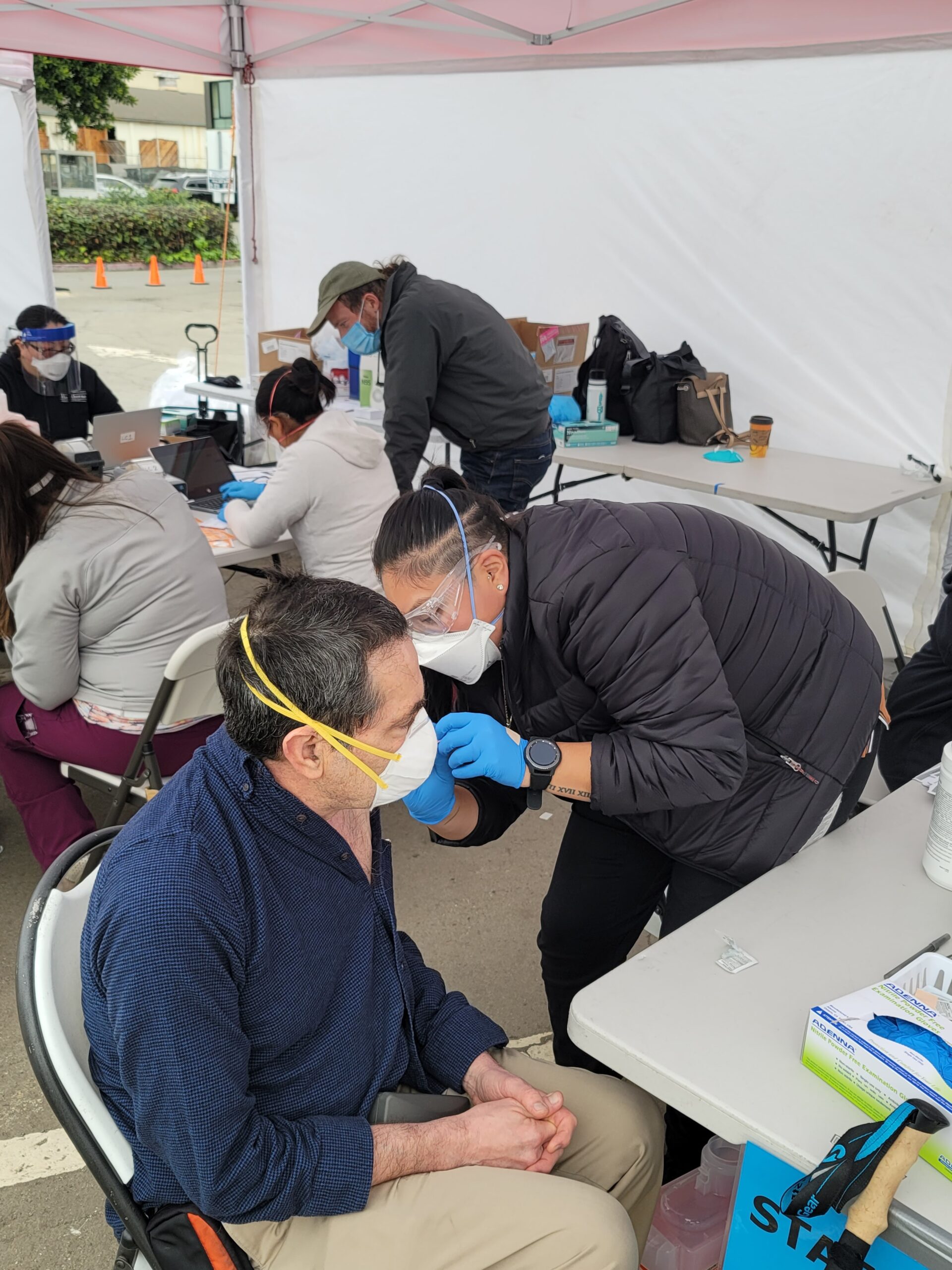
Balancing the workload of being the CMO of a community health center dealing with a global pandemic and working bilaterally with the county on a collective response and recovery effort was hard to juggle. There were very long days, weeks, months, often without breaks. There was so much to do and so much to learn and so much education and outreach to provide, but it never felt like it was quite enough. As I watched the horror stories in New York and other cities, and even the Central Valley, I understood that we had to do everything possible to keep the virus from spreading. We needed COVID testing, especially rapid antigen testing, prompt result disclosure and contact tracing, which was all we could do in the beginning.
I was always inspired by you showing up literally and figuratively, clearly you were on the frontlines … always putting patients and communities in the forefront of how we responded… your energy kept me going. – Ralph Silber, Former CEO, CHCN
From the very beginning, we were able to provide free COVID testing to patients and community members thanks to collaboration with Chan Zuckerberg BioHub UCSF and CHCN. This was imperative in keeping our already vulnerable communities safe. We were blessed with multiple community collaborative efforts through Unity Council in the Fruitvale neighborhood of Oakland, one of the hardest hit zip codes, and through Bay Area Rapid Transit (BART), both of whom gave us access to their parking lots, allowing us to do tens of thousands of free tests.
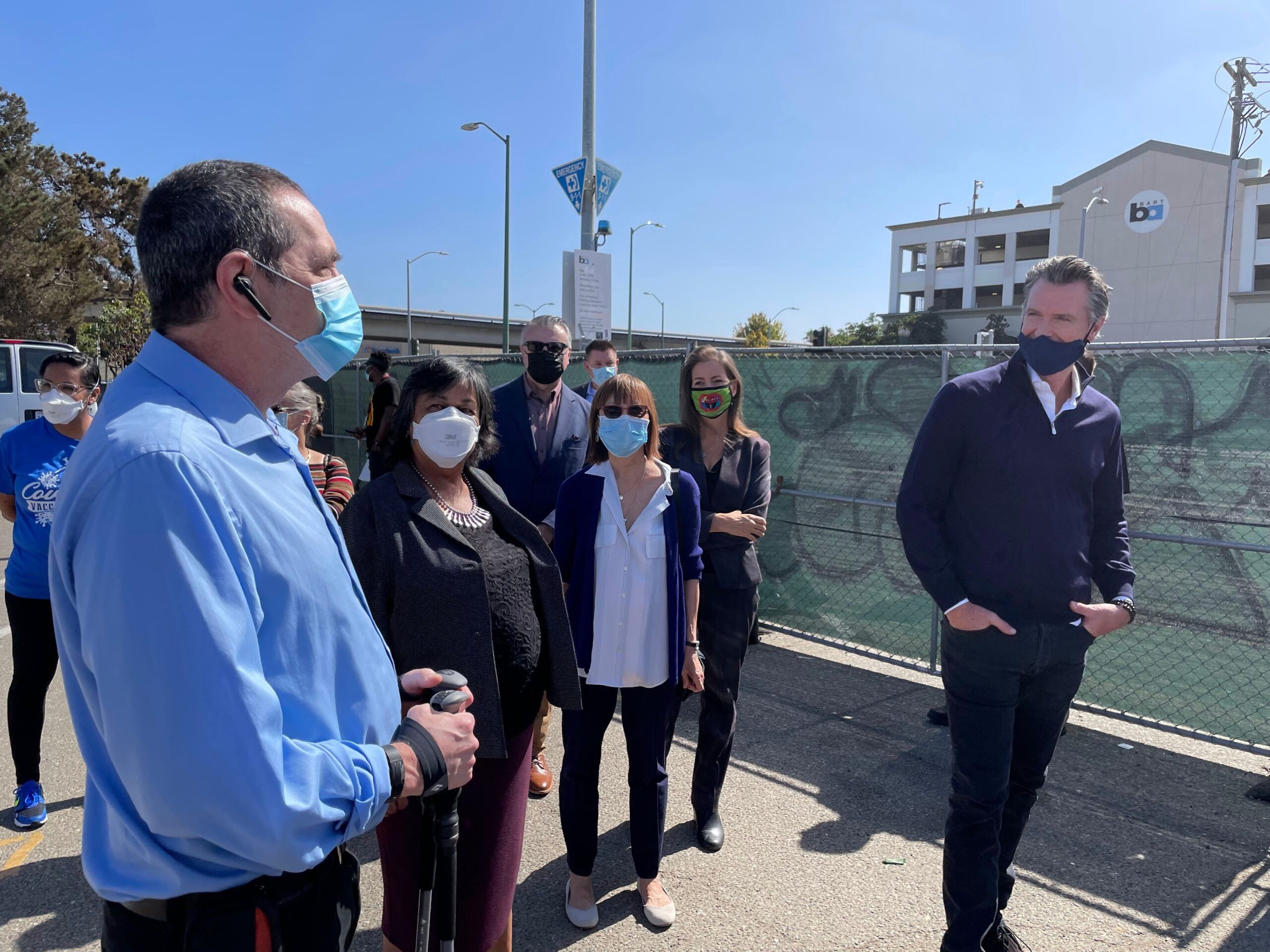
As vaccines became available, we followed the same approach in terms of basing the “mass vax” efforts in the community and making vaccines available to everyone, we vaccinated almost as many community members as we did our own patients, and that was very gratifying. We have given over 128,000 vaccine doses to date. We continued to evolve our response efforts as new methods of treatment became available. We worked with Total Infusion for infusion treatments and started using oral medications like Paxlovid as they became available.
Much of our success came from collaborative partnerships. The partnership with Chan Zuckerberg BioHub and UCSF allowed us to provide free COVID testing. However, this would not have happened without the medical leadership at Community Health Center Network (CHCN) our managed care organization. They were able to make the connections and help us get it off the ground, so that we were gradually able to increase our numbers, keep the tests free, and get results in a reasonable time frame, as opposed to other entities that required insurance and were often taking up to two weeks for test results – time that we did not have with our essential workforce patient population.
COVID vaccines distribution was one of the most successful collaborative partnerships we had with CHCN and our sister health centers. Once again, the joint medical leadership played an essential role both in organizing our approach and procuring vaccines from the county and state.
AHC: Is there anything else you wish to share about your journey and your work?
PB: The dual lessons of the HIV epidemic and the COVID pandemic were: don’t give in to fear, understand that at the beginning there are limits to what science can explain, but also knowing that with more knowledge it does get better, and people will stop dying. Additionally, stay out of the politics and maintain connections to your patients so you can better understand how they’re impacted. Form your teams early and lean on them when you need to. Be there for each other, always listen, and always remain humble.
AHC: What does life look like for you as you step down from your CMO role?
PB: I’m really looking forward to having more free time to be with my family and having the time to attend to several health issues, and then go on a nice vacation when I’m in a bit better shape.
I will miss all the incredible teams I have been part of, truly an amazing group of people in whatever venue I have been in, including federal, state, county, CHCN, and of course La Clinica, including our executive team, my incredible colleagues in the Office of the Medical Director, and our resilient and dedicated site leadership. They are all truly the “best of the best,” and it’s been an honor to work alongside them.
